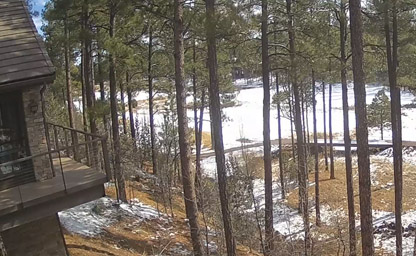
Show Low
The finest mountain golf courses in Arizona

The finest mountain golf courses in Arizona
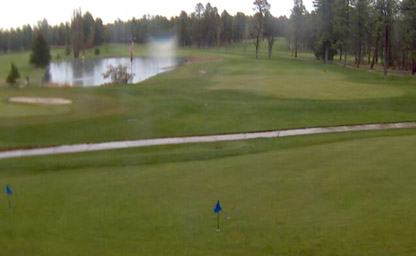
White Mountain Country Club in the heart of Pinetop Arizona
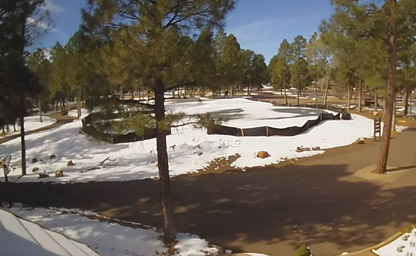
Situated roughly 270 miles from both Why and Nothing
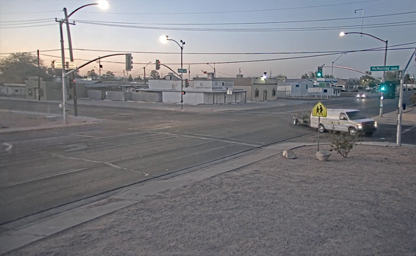
Nestled in one of Casa Grande’s most vibrant neighborhoods
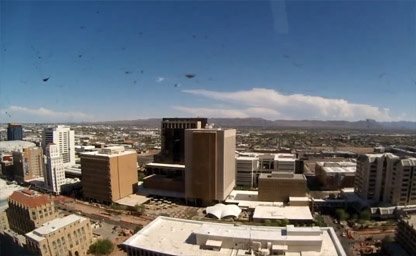
The Valley of the Sun
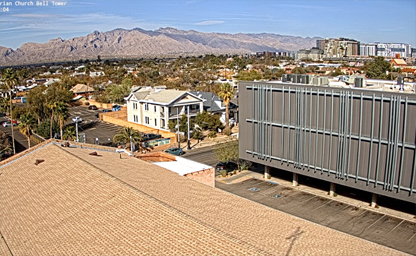
Looking north from the Trinity Presbyterian Church Bell Tower
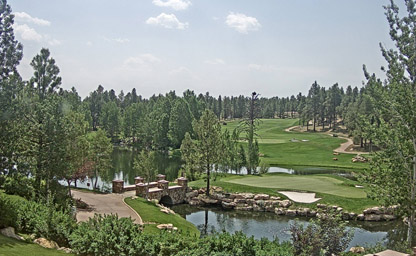
Home to Arizona’s tallest mountain Humphreys Peak
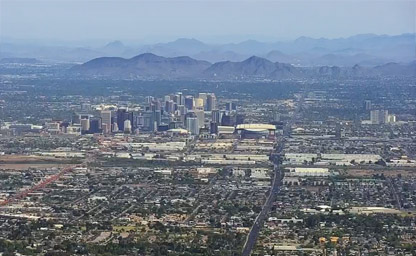
A mountain range in central Arizona in south Phoenix
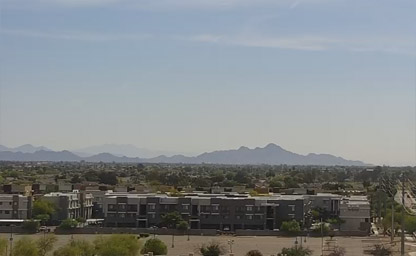
State Farm Stadium, the home of the Arizona Cardinals
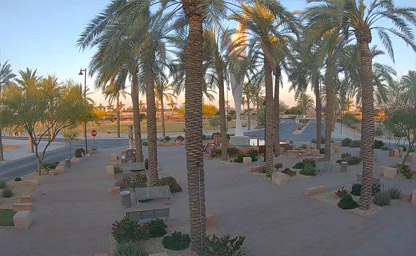
A world-class venue located in Goodyear, AZ
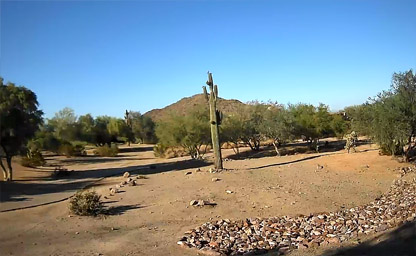
A city just east of Phoenix, in Arizona
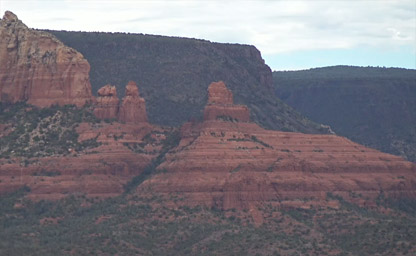
On the top of Tabletop Mesa also known as Airport Mesa
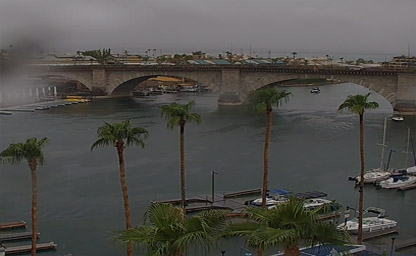
Thompson Bay from Turtle Grille at The Nautical Beachfront Resort
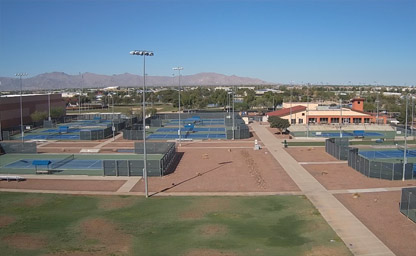
Situated in the northwest Phoenix Metropolitan area
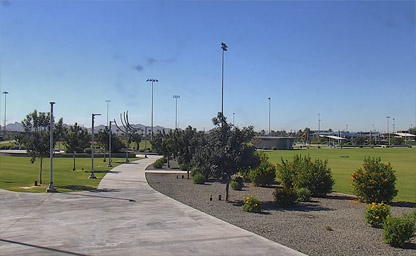
A stunning desert city with two man-made lakes
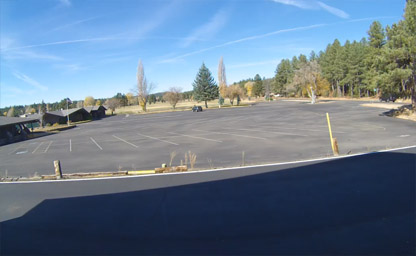
Is one of the best places to live in Arizona

Between Phoenix and Tucson in the U.S. state of Arizona
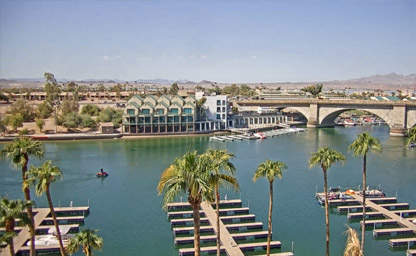
A premier vacation destination in Arizona
IpLiveCams provide a real-time glimpse into the state's stunning landscapes, bustling cities, and unique landmarks. From the awe-inspiring Grand Canyon to the vibrant streets of downtown Phoenix, these webcams allow you to explore Arizona's diverse beauty from anywhere in the world. Nature enthusiasts can enjoy the sweeping vistas of Sedona’s red rock formations, while those intrigued by desert life can watch the shifting sands and unique flora and fauna of the Sonoran Desert. For city lovers, webcams in urban hubs like Tucson and Scottsdale showcase cultural events, busy streets, and stunning sunsets. Additionally, webcams near famous attractions like Monument Valley, Horseshoe Bend, and Lake Powell offer an up-close look at these iconic destinations. Whether you’re planning a trip, checking weather conditions, or simply seeking a virtual escape, Arizona’s live webcams provide a captivating window into the heart of the Southwest.
Arizona is a land steeped in history, blessed with diverse climates, and defined by its extraordinary geography. As one of the most iconic states in the American Southwest, Arizona boasts a fascinating blend of ancient civilizations, unique weather patterns, and stunning natural features that have captured the imagination of travelers and historians alike.
Arizona’s history is as rich and varied as its landscapes. Long before European explorers set foot in the region, it was home to Indigenous cultures that left a profound mark on the land. The Ancestral Puebloans, also known as the Anasazi, built remarkable cliff dwellings in places like Canyon de Chelly and Montezuma Castle. The Hohokam, another influential group, developed advanced irrigation systems in the Sonoran Desert, laying the groundwork for agriculture in a harsh environment. Many of these ancient achievements can still be seen today, preserved in archaeological sites and national parks.
In the 16th century, Spanish explorers, including Francisco Vásquez de Coronado, arrived in search of the fabled Seven Cities of Gold. Although the explorers never found the wealth they sought, they left behind a legacy of missions and settlements, such as Tumacácori National Historical Park, which bears witness to Arizona’s Spanish colonial history. By the mid-19th century, Arizona was part of Mexico before being ceded to the United States following the Treaty of Guadalupe Hidalgo in 1848 and the Gadsden Purchase in 1854.
Arizona officially became a U.S. territory in 1863, during the height of the Civil War. The arrival of settlers in search of gold, silver, and copper brought economic development but also conflict with Native American tribes. The Apache Wars, led by figures like Geronimo and Cochise, were some of the most significant in the West’s history. In 1912, Arizona achieved statehood, becoming the 48th state in the Union. Its subsequent growth was fueled by mining, ranching, and later tourism, particularly with the designation of the Grand Canyon as a national park in 1919. Today, Arizona’s history is celebrated through its many cultural festivals, museums, and historic landmarks, making it a destination rich in storytelling and heritage.
Arizona’s climate is as diverse as its topography, ranging from arid desert conditions to cool mountain climates. The state is known for its dry heat, particularly in the low-elevation areas of the Sonoran Desert, where cities like Phoenix and Yuma experience scorching summers with temperatures often exceeding 110°F (43°C). Despite the heat, the desert landscapes are teeming with life, including iconic saguaro cacti and unique wildlife like Gila monsters and roadrunners.
The central and northern parts of Arizona offer a stark contrast, with cooler climates and more precipitation. Cities like Flagstaff, Prescott, and Sedona experience four distinct seasons, with winter snowfall and mild summer temperatures. The Colorado Plateau in northern Arizona is characterized by its high elevation and cooler conditions, making it a popular escape from the heat of the southern deserts. This region also receives monsoonal rains during the late summer months, bringing dramatic thunderstorms that rejuvenate the landscape and create breathtaking vistas.
Arizona is also famous for its monsoon season, which typically occurs between June and September. During this time, the state experiences sudden and intense rainstorms, lightning displays, and occasional flash flooding. These storms, while dramatic, play a crucial role in replenishing the desert’s water supply. In contrast, the state’s winter months are mild in the desert regions, making Arizona a popular destination for snowbirds seeking to escape colder climates elsewhere.
The state’s varying climates influence its outdoor activities and tourism. Visitors flock to southern Arizona in the winter to enjoy hiking and sightseeing in places like Saguaro National Park and the Desert Botanical Garden. In the summer, the higher elevations of the Mogollon Rim and the White Mountains become havens for camping, fishing, and exploring pine forests. Arizona’s climate is not only a defining feature of its identity but also a key factor in its agricultural production, supporting crops like cotton, citrus fruits, and pecans.
Arizona’s geography is nothing short of spectacular, with landscapes that range from vast deserts to lush forests and dramatic canyons. The state covers approximately 113,990 square miles, making it the sixth-largest in the U.S. It is bordered by Utah to the north, New Mexico to the east, California and Nevada to the west, and Mexico to the south. Arizona’s geographic diversity is shaped by its three main physiographic regions: the Colorado Plateau, the Transition Zone, and the Basin and Range Province.
The Colorado Plateau dominates northern Arizona, encompassing the Grand Canyon, Monument Valley, and other iconic landmarks. This region is characterized by high elevations, extensive mesas, and colorful sandstone formations. The Grand Canyon, carved over millions of years by the Colorado River, is one of the Seven Natural Wonders of the World and a UNESCO World Heritage Site. Its breathtaking vistas attract millions of visitors annually, making it a crown jewel of Arizona’s geography.
The Transition Zone, located in central Arizona, serves as a bridge between the high plateaus of the north and the low desert basins of the south. This area is marked by rugged mountains, deep canyons, and dense forests. The Mogollon Rim, a prominent geological feature, stretches across this region and offers sweeping views of the surrounding landscapes. The Rim’s cool climate and abundant wildlife make it a favorite destination for outdoor enthusiasts.
In the southern part of the state, the Basin and Range Province is defined by its arid desert valleys and isolated mountain ranges. The Sonoran Desert, one of the hottest deserts in North America, is home to an incredible variety of plants and animals, including the towering saguaro cactus. The desert’s beauty is most evident during the spring when wildflowers bloom in vibrant colors, transforming the arid landscape into a painter’s palette.
Arizona’s rivers and lakes add to its geographic diversity. The Colorado River forms much of the state’s western border and provides vital water resources for agriculture, recreation, and urban areas. Lakes like Lake Powell and Lake Mead are popular for boating, fishing, and water sports. Meanwhile, the Salt and Verde Rivers play essential roles in supplying water to central Arizona’s growing metropolitan areas.
Tip: For a unique adventure, visit Antelope Canyon near Page, Arizona. This stunning slot canyon, with its narrow, winding passages and surreal light beams, is a photographer’s paradise and a must-see destination.
Interesting Fact: Arizona is home to the largest stand of ponderosa pine trees in the world, located in the Coconino National Forest. This forested region is a stark contrast to the surrounding deserts and provides a haven for outdoor recreation and wildlife.